Facts about Uppåkra
Fact based material from “Time Travel at Uppåkra”.
Meet the Uppåkra Archaeologists
Hello! My name Is Sofia Winge, and I work for the Uppåkra Archaeological Foundation as an archaeologist. We are a non-profit organization in the south of Sweden, with the mission of mediating a fantastic archaeological site called Uppåkra!
Help the archaeologists with the excavation in the Minecraft map, and travel back in time to unravel the mysteries of the objects you find. With each find you will learn more and more about the history of Uppakra, but also about different methods and scientific disciplines that the archaeologists use to gain knowledge.
Oh by the way, take a look here if you want to meet my collegues – we all exist in the real world!
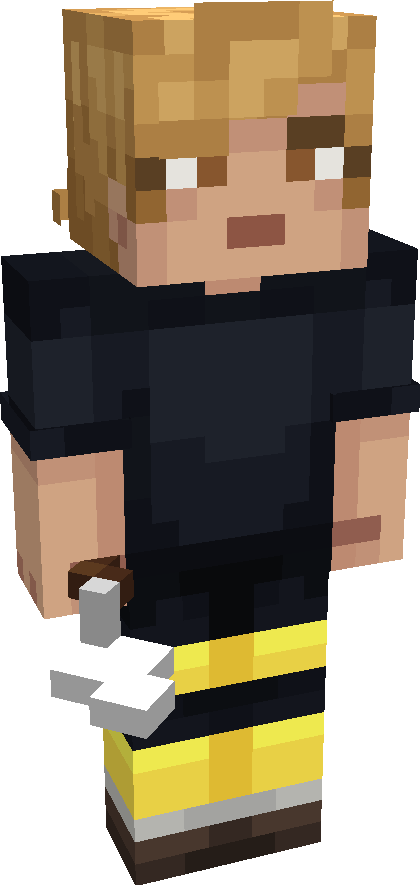
NPC: Sofia Winge
Meet the Uppåkra Scientific Board
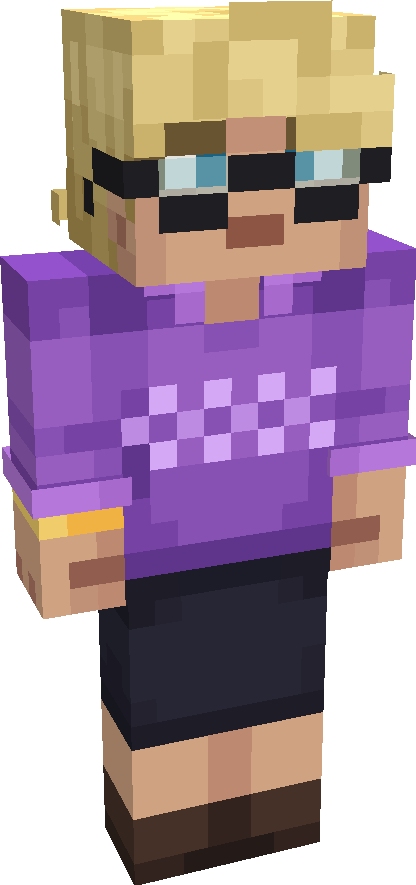
NPC: Katarina Carlsson
Hi! I’m Katarina Carlsson, and I am the chairman of the Scientific Board.
Inside the Minecraft Map, you will interact with so called NPC:s (Non-player characters). The names and the identities of these characters are real life archaeologists and scientists from the Scientific Board now working at Uppåkra. In this game, you will therefore meet a physical engineer and astronaut as well as scientists on cognitive science, pedagogy and osteology among others.
Micke Hermansson - GOTD
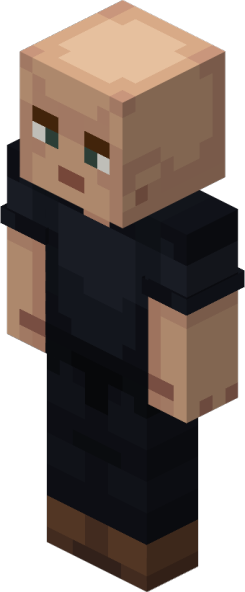
NPC: Micke Hermansson
Hello! My name is Micke Hermansson. When I worked as a teacher, I came up with a model with super short lessons that was named “Thing (Grej in Swedish) of the day” or GOTD.
My super short lessons have become super popular. Maybe you have already tried it together with your teacher?
GOTD is about trying to figure out the answer to tricky clues, and then learn something about the answers in very short and fun lessons.
Are you ready for some clues? In the game, I will give you the answers and some fun facts!
“Can be super soft, but also the hardest of them all”
“Air-filled fruit that can float”
“Swedes orbiting the Earth”
Ines Tooth Mystery Quest
In the Tooth Mystery Quest, you will learn about a very special find made in our Archaeology school by Ines Roos Bengtsson at Nyvångskolan I Dalby, Sweden. Take a look at this film and learn about her archaeological discovery.

NPC: Linda Spanier
The Uppåkra model
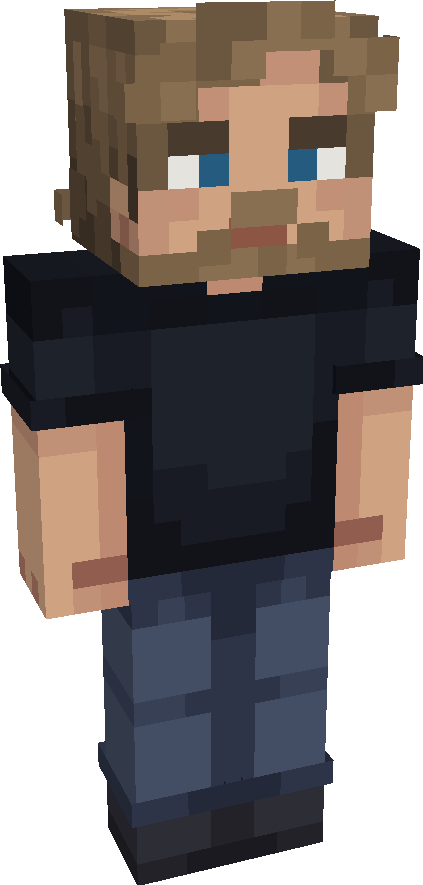
NPC: Pär Widén
Hi! My name is Pär Widén, and I am a member of the Uppåkra Scientific board. I also do research on pedagogy. In collaboration with my colleague Per Dahlbeck, we have observed and analyzed what happens when students visit and partake in the Archaeology school at Uppåkra.
The results of the study are summarized in the “Uppåkra model”. Basically, the model means that the learning of the students is enhanced when they are engaged and partake in real archaeological projects of digging, and when they are allowed to do “real history” of Uppåkra. This demonstrates that curiosity and engagement in real-life projects are crucial forces in lifelong learning. If you want to know more about this model, take a look at this film about the Uppåkra model!
Scandinavian Iron Age

NPC: Sofia Winge
Uppåkra existed for 1100 years, making this Iron Age village unique and one of its kind in Scandinavia.
In this game, you will time travel to five periods of the Scandinavian Iron Age; The pre-roman Iron Age, Roman Iron Age, Migration period, Merovingian period and Viking Age. If you want to know more about what happened during this millennium, see what History professor Dick Harrison has to say!
Meet Dick Harrison
Hello! My name is Dick Harrison, and I am a History professor. I grew up nearby Uppåkra, and it has always been a special part of my childhood.
I am an expert on both the Middle Ages and European history, and I’d like to show the relevance of research, learning about and visiting Uppåkra to a wider public.
Uppåkra was founded in the first century B.C. and was abandoned about a thousand years later. This time period is called the Iron Age in Scandinavia. This means that those who lived there felt – in various ways – the impact of the great events that shaped modern Europe. The Roman Empire had its golden age and fall. Religions like Christianity and Islam emerged, and countries like France and England began to take form. At the end of the Iron Age, the Vikings set out on long voyages.
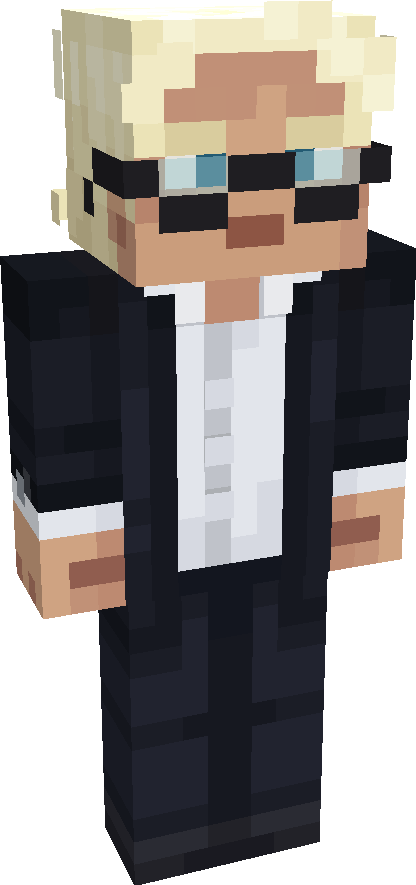
NPC: Dick Harrison
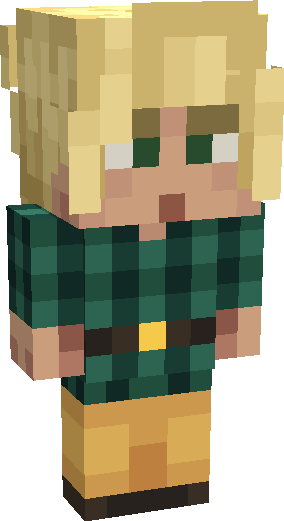
NPC: Kid
What’s that? The Iron Age? I have never heard of it.
Well, the Iron Age got its name, long in retrospect, from the metal iron. In Scandinavia, people learned to handle iron around 500 f.Kr, and the period is called the Iron Age until 1050 e.Kr when the Middle Ages begin.
The knowledge of making iron is one of the most important inventions man has made throughout history. The hard and durable metal was both cheaper and easier to manufacture than the bronze, silver and gold that had existed for a long time. New iron tools made it easier for people to forge, work the land and fight. Everything became more efficient and locally produced. Iron is found naturally in Scandinavia and long and expensive transports around Europe could be avoided.

NPC: Dick Harrison
Iron age fashion
Hi! My name is Susanna Broomé, and I am an expert on textile archaeology! Just like today, the fashion changed during the Iron Age. At Uppåkra, textiles have not been preserved to our day. But there are finds from other parts of Scandinavia that can help us create a picture of how the people might have been dressed in Uppåkra during the Iron Age.
The villagers, nobles and other NPC:s in the game are all dressed according to the time period they represent. For example, during the Pre-roman Iron age, they are wearing checkered green, yellow, orange and sometimes red and blue clothes.
During the Roman Iron Age, the checkered patterns became less popular, and the inhabitants were probably keen on wearing especially blue clothes since they started dying the textiles with something called woad (vejde in Swedish).
They continued to prefer mostly one coloured clothes during the Migration period, but also do decorate with tray bands. Bright colours were highly fashionable during the Merovingian period as well, and men often preferred their kaftans wrap-over front oblique. As you can see, I am wearing typical clothes for the Merovingian Period. One very special detail you will see in the game is the splendid helmet that one of the noble warriors is wearing.
During the Viking Age, a few in the elite would have been wearing imported silk. The women preferred to wear straight kaftans, and some of the men would invest in expensive chain mail.

NPC: Susanna Broomé
The ongoing excavations of the Great hall
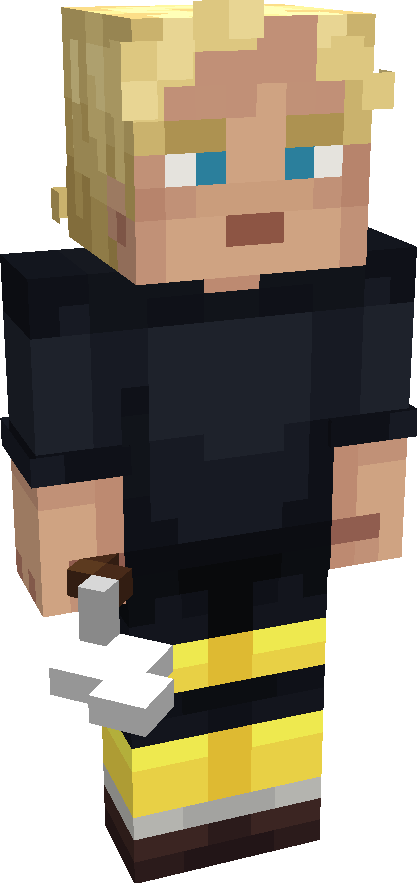
NPC: Håkan Aspeborg
Hello! I am Håkan Aspeborg and I am leading the excavations at Uppåkra together with a team of archaeologists from Lund University.
In 2022, the largest research excavations in Sweden to this day started at Uppåkra. Generations of so called Great Halls, wooden palaces that were once the homes of the rulers of Uppåkra , are being excavated. Many more answers to the secrets of Uppåkra will be revealed, and the history will be rewritten in the years to come. In this game, one of the missions is to rebuild the Great Hall.
Join the quest and start working with the latest results and finds from the excavations in order to create your interpretation of the building. You may also participate in a contest. The interpretation closest to the results of the excavations will win the contest!
You can send in your contribution to [email protected], taking a screenshot of your reconstruction. Don’t forget to hand in documentation on your choice of materials and interpretations. In 2027 we will announce the winner!
Read more below about the Great Hall quest.
Facts about the Great Hall
The area where generations of Great Hall buildings once stood, have previously been open for excavations.
Many buildings have been built in the same area during the Iron age.
The building from 500 A.D period is one of the best preserved. This is the one that we also have chosen for the game from Quest 4, the Murder Mystery!
What did they use as building material?
The buildings during the Iron Age in Scandinavia were built of so-called organic building material, such as for example wood and straw. These materials are rarely preserved to our days.
It is also important to remember that only a fraction of the objects in ancient times have been preserved to the present. Objects made of organic matter such as wood and textiles quickly break down in the soil. We therefore need to imagine tools, furniture, clothes and much more to get a better picture of Uppåkra during the Iron Age.
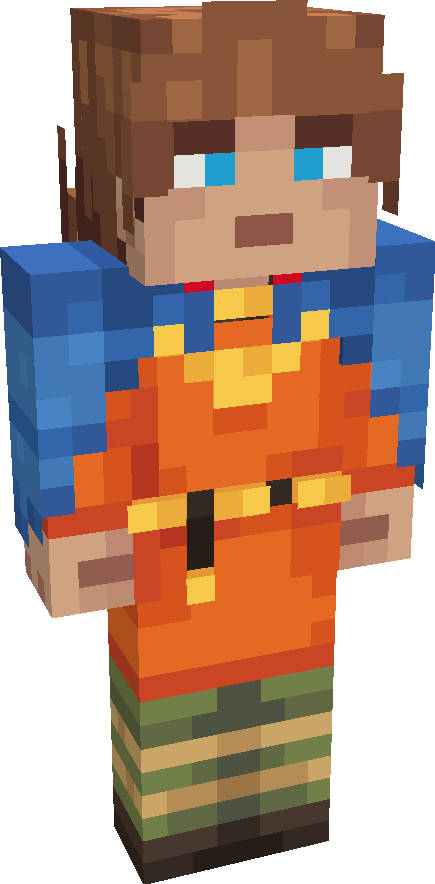
NPC: Uncle Sven
Material for constructing the Great Hall

NPC: Håkan Aspeborg
Use the information below in order to make your own interpretation of what the building looked like, and what objects there were inside!
For example:
Choose the building material that the people at Uppåkra might have used.
Write down why you choose this material based on facts and educated guesses.
This task often triggers questions.
What we know so far (in 2024):
Roof bearing posts:
In the bottom of the holes, they had put big stones to support the posts. We do not know what material the posts were made of, but oak is a sustainable material that might have been used.
Roof:
So far, there have not been any finds indicating what the roof was made of. But the roofs during the Iron Age in Scandinavia were usually made of straw, or reed.
Walls:
Parts of the walls were found. They were made with so called wattle and daub technique, meaning that intertwined branches were covered with yellowish clay.
Floor:
The floor was also made of yellowish, hardened clay.
Finds:
The finds inside the building shows that the people living in this house were rich, prominent people. It was the home of the leading family of Uppåkra! Many objects made of gold and silver such as brooches and coins have been found, as well as glass sherds that were once beautiful bowls and beakers. They have also uses bowls and beakers made of ceramics.
What did they put on their table?
Finds of tons of animal bones, waste from what seems to have been big feasts, have been made. They ate for example veal, pork, lamb, fish (herring and cod) and meat from horse.
They probably drank beer, brewed by the big ovens found at Uppåkra. The also ate cale, turnip and carrot, and used dill and parsley. These were plats that had been imported from the roman empire and were very luxurious at the time.
Charred grains:
The charred grains of barley from this building shows that the people stored big jars of grain inside the building. Perhaps it was the food supplies for the winter?
Bear claws:
On the floor of the building bear claws have been found. This might be what’s left of a bear fur that once was spread on the floor.
Meet Torbjörn Ahlström
Hi! My name is Torbjörn Ahlström, and I am a professor in Osteology. This means that I am an expert on bone material. If you have any questions about what the people might have eaten or what types of analysis we are planning to do in this project, just ask!
If you have any questions to me, Håkan or just a general question that you would like to know more about, send an e-mail to [email protected] and she will pass the questions forward to whom it may concern!

NPC: Torbjörn Ahlström
Important
The only part of the game that cannot be skipped is the introduction/Lesson 1, The Tooth Mystery at the Yellow and Blue Flag. (the picture with the map and the flags needs to be here).
It guides you through the first steps of the game.
After completing each mission, you receive a personal certificate, which shows the learning objectives and skills you gained by completing the mission. Here’s how the game works:
- Talk to the researchers and archeologists
- Dig up finds
- Do a time travel and do missions
- Report your finds
- Learn more about Uppåkra, history and science
To start a particular quest, you need to dig up the right item. So there can be several finds in the same shaft, but only some that send you on a time trip. you will find an overview of all the excavation sites, and where you can find the right finds to start the missions. Most of the finds that the students find are real finds that have been found in the same place in the Uppåkra of reality.

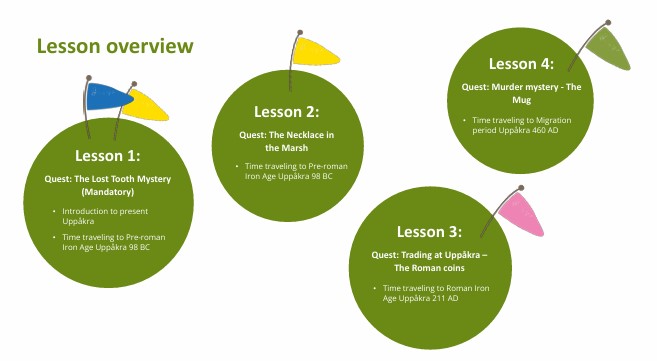
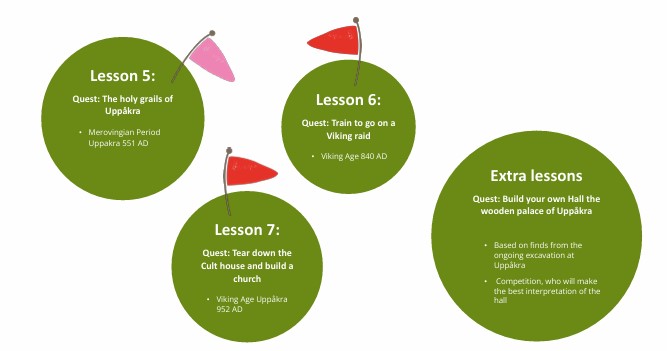
The Raven Munin
In the Minecraft world a black raven called Munin follows you around. You can talk to Munin during quests and he will give you tips or let you cancel the quest and go back to the present. (Did you know that adding the crow in the game was an idea of one of the students involved in one of the classroom sessions when we created Time travel at Uppåkra world) The map is really big. There are bikes you can take to go from one point to another. Just click on a bike to get on and press Shift or Space to jump off the bike.
Commands
These are a few commands in general. There is more advice on how to manage each quest in the Teachers guide.
If you get stuck:
Press T to open a chat window. Type /function travel/next to get unstuck
Need to travel back to present time Uppåkra?
Talk to the crow Munin and follow his instructions.
On foot
W = forward
S = Backwards
A = Strafe left
D = Strafe right
Control (CTRL) or double tab W = sprint
Left mouse button Without item = Swing arm / attack / destroy
Left mouse button With item = Swing item (to dig) / attack / destroy
Right mouse button = Talk to people
Right mouse button = Get on bike
Right mouse button = interact with objects (display with items)
Right mouse button = Place block
Right mouse button = Get on bike
Space = Jump
Q = Drop item
E = Open inventory
1-9 or scroll on mouse = select item in hotbar
On Bike:
W = forward
S = Backwards
A = Strafe left
D = Strafe right
Space or shift = Get off bike



